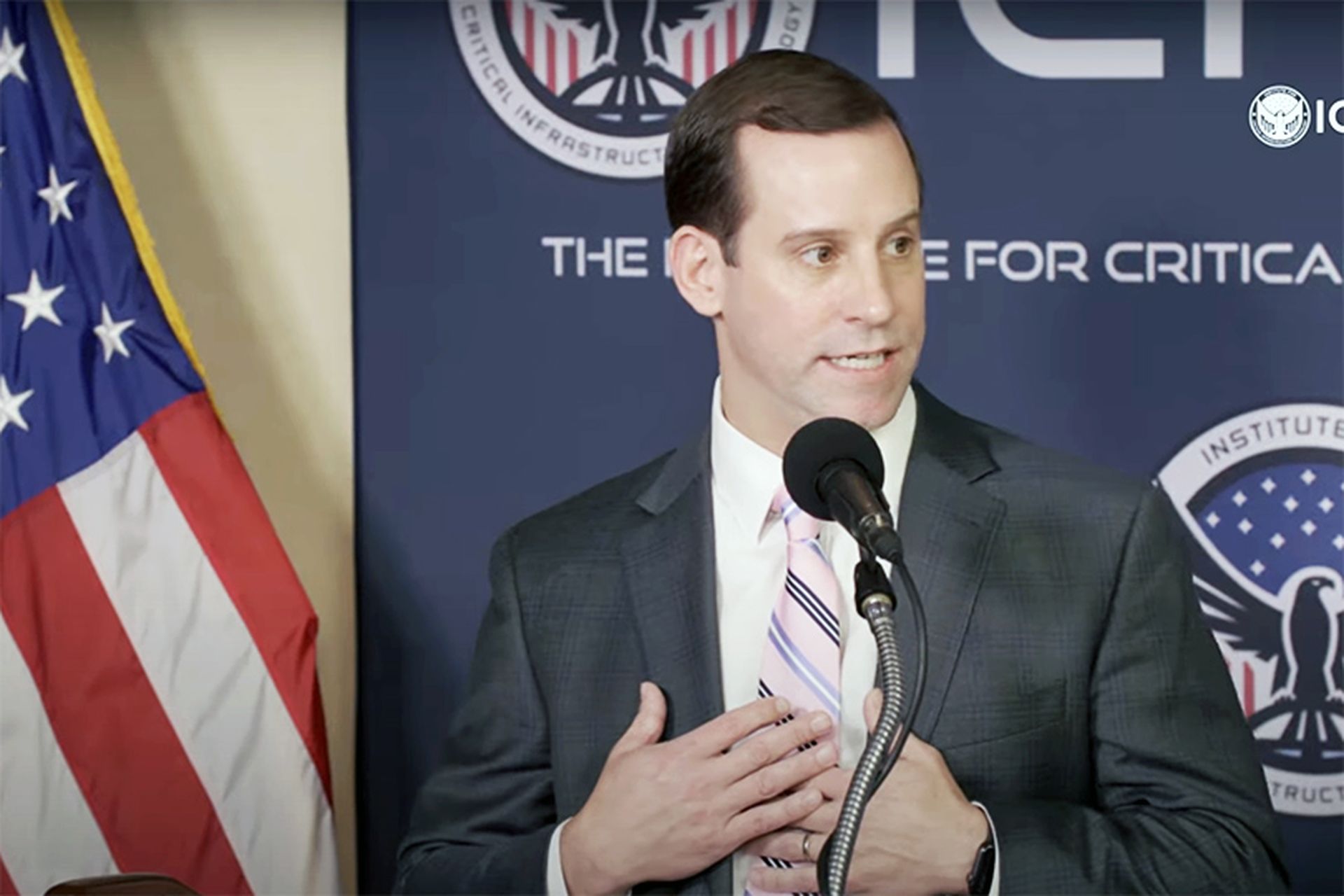Security Strategy, Plan, Budget
Nine human-centric strategies that strengthen security teams

Today’s columnists, Dr. Dustin Sachs and Parham Eftekhari of CyberRisk Alliance, offer nine ways to motivate cybersecurity teams. (Adobe Stock)
COMMENTARY: CISOs and senior cybersecurity leaders have the power to shape their organization's technical defenses, as well as its security culture.Success in cybersecurity isn’t just about tools and technologies. It’s about how top managers lead and inspire people to adopt secure behaviors.[SC Media Perspectives columns are written by a trusted community of SC Media cybersecurity subject matter experts. Read more Perspectives here.]Today’s column offers practical, human-centered strategies to help managers become more effective leaders. Throughout the year, we’ll further explore the nine topics we’re covering here in CyberRisk Collaborative’s new leadership-focused curriculum, now available to our community of more than 2,000 CISOs and other cybersecurity leaders. Here's a thumbnail look at each of the topics: The Boomerang Effect – Focus on EmpowermentWhen security awareness campaigns rely heavily on fear (A single click can ruin the company), they can backfire, leaving employees powerless or indifferent. This phenomenon, called the Boomerang Effect, undermines trust and engagement. Instead of emphasizing fear, focus on empowerment. Frame security behaviors as achievable steps employees can take to protect themselves and the organization. For example, reward employees for spotting phishing attempts rather than just warning them about the consequences of failure.Hyperbolic Discounting – Incentivize Desired BehaviorLike everyone else, employees tend to prioritize immediate convenience over long-term benefits. Skipping a security update or reusing passwords feels easier now, even if it increases future risk. Tie immediate incentives to secure behaviors. Whether through recognition, gamification, or small rewards, show employees that secure actions yield tangible, near-term benefits.Effort Justification (IKEA Effect) – Involve the TeamPeople tend to overvalue the projects they've invested effort in. Employees who have mastered old workflows may resist adopting new systems, even if those systems are more secure or efficient. To reduce resistance, involve employees in shaping new security protocols or tools. When employees feel a sense of ownership, they're more likely to embrace changes and advocate for them within their teams.Pluralistic Ignorance – Make Security Norms VisibleIn many organizations, employees underestimate how seriously their peers take cybersecurity. This misconception, called pluralistic ignorance, can erode the culture of accountability. Make security norms visible. Share metrics on training completion rates, celebrate secure practices publicly and communicate success stories of employees who thwarted potential threats. Correcting misperceptions strengthens collective responsibility.Goal Gradient Effect – Motivate with RecognitionPeople are more motivated when they see themselves approaching a goal. For example, employees are more likely to finish security training if they can track their progress and see how close they are to completion. Design security initiatives with clear milestones and visible progress tracking. For employees moving closer to the finish line, amplify recognition and incentives to sustain engagement.Negativity Bias – Be Empathetic to FrustrationsOne negative experience with a security tool—like being locked out of an account during a critical moment—can overshadow dozens of positive ones. This negativity bias can breed resentment and reduce compliance. Address employee frustrations quickly and publicly. Highlight positive outcomes from security measures, such as how multi-factor authentication stopped a phishing attack. Balancing the narrative helps maintain trust and cooperation.Signal Detection TheoryConstant alerts and false positives lead to a desensitization challenge explained by Signal Detection Theory. Employees and teams lose vigilance when they can’t distinguish between genuine threats and background noise. Fine-tune the company’s alerting systems to minimize noise. Equip teams with clear protocols for triaging and prioritizing incidents. Invest in technologies that use behavioral analytics to reduce false positives.Reactance – Frame Security Measures as EnablersWhen employees feel their freedom to choose has been restricted, they may push back, even against reasonable security measures. This reaction, called Reactance, can manifest as bypassing protocols or using insecure workarounds. Frame security measures as enablers rather than obstacles. For example, emphasize how password managers reduce hassle rather than adding steps. Use messaging that focuses on collaboration, not control.Reciprocity Principle – Take Care of the TeamPeople are more likely to engage in secure behaviors when they feel the organization has given them something first. This principle of reciprocity can be a powerful tool for building trust and encouraging compliance. Offer employees the tools that benefit them personally, such as free password managers or cybersecurity training for their families. By demonstrating care and investment, management will foster goodwill and cooperation.Becoming a successful cybersecurity leader goes beyond merely managing risks—it requires the ability to influence behaviors and foster a robust security culture. A deep understanding of behavioral science insights is essential, as it lets leaders address the human element of cybersecurity effectively.By embracing these insights and applying them in practical ways, top managers can drive meaningful change within the organization and cultivate a culture of shared accountability. Additionally, actively engaging with professional communities and seeking support from industry peers will help managers stay ahead of emerging challenges and leverage collective expertise. This proactive approach strengthens the leadership team and also enhances the organization's resilience in an ever-changing threat landscape. In doing so, the company empowers the team to navigate complexities with confidence and foster innovation in security practices.Dr. Dustin Sachs, Chief Technologist, CyberRisk Collaborative; Parham Eftekhari, Executive Vice President, Communities, CyberRisk AllianceSC Media Perspectives columns are written by a trusted community of SC Media cybersecurity subject matter experts. Each contribution has a goal of bringing a unique voice to important cybersecurity topics. Content strives to be of the highest quality, objective and non-commercial.
Get daily email updates
SC Media's daily must-read of the most current and pressing daily news
You can skip this ad in 5 seconds




